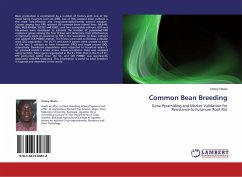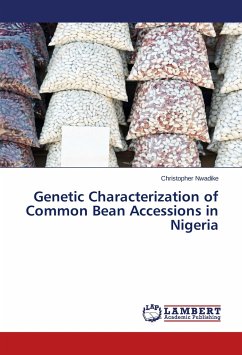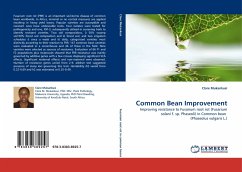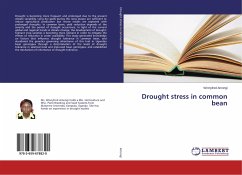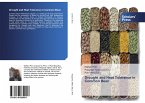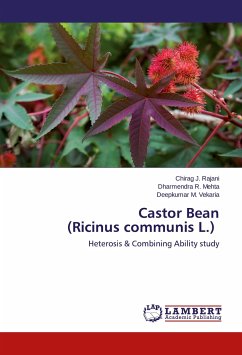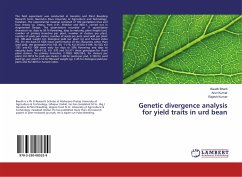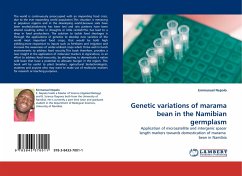Bean production is constrained by a number of factors with one of the major being Fusarium root rot (FRR). Use of FRR resistant bean cultivars is the most cost-effective and environmentally-friendly control measure. Crosses among four FRR resistant (R) common bean inbred lines: MLB-48-89A, MLB-49-89A, G2333 and G685, and two susceptible cultivars: K20 and Kanyebwa were developed to estimate the number of pyramided FRR resistance genes among the four R lines and determine their effectiveness in improving levels of resistance to FRR in the susceptible (S) bean cultivars and validate SSR PVBR87 marker. The R lines were used to develop a double cross (DC) population. The DC F1 and each R parent were crossed to each of the two S cultivars to form five-parent (FPC) and single crosses (SC), respectively. Developed populations were subjected to Fusarium solani f. sp. phasoeli isolate-3 under screen house conditions. Data was analysed using GenStat. More genes segregated in the R x R DC than in the R x R SC, FPC performed better than the SC, and SSR PVBR87 was significantly associated with FRR resistance. This information is useful to bean breeders in Uganda and elsewhere in the world.
Bitte wählen Sie Ihr Anliegen aus.
Rechnungen
Retourenschein anfordern
Bestellstatus
Storno

